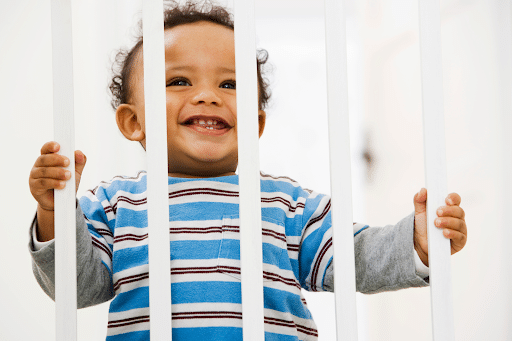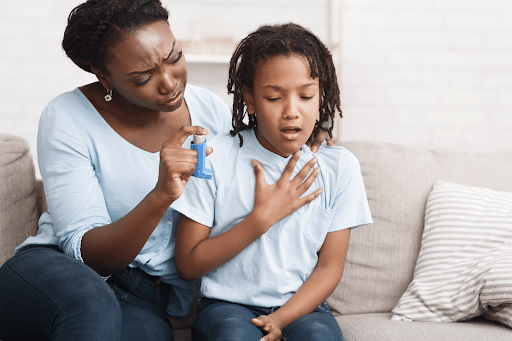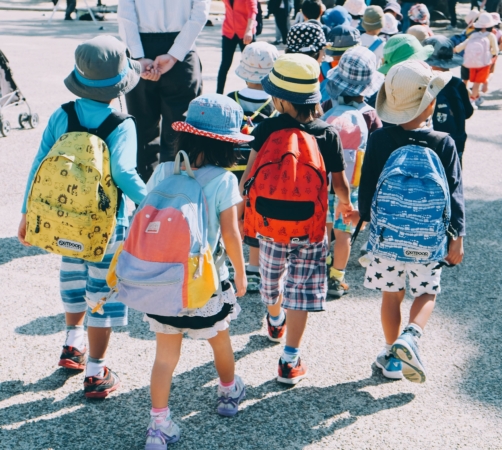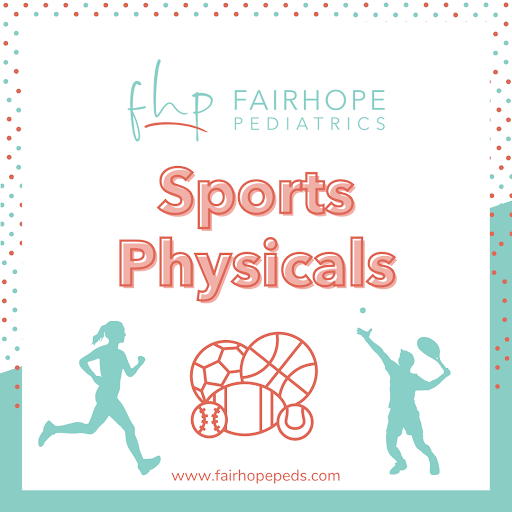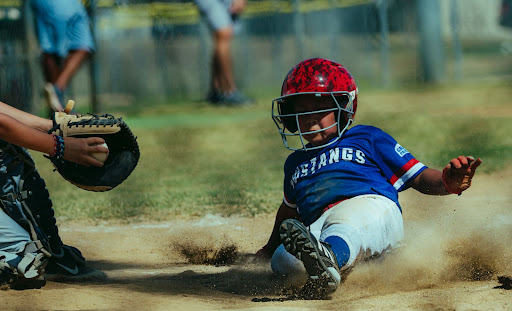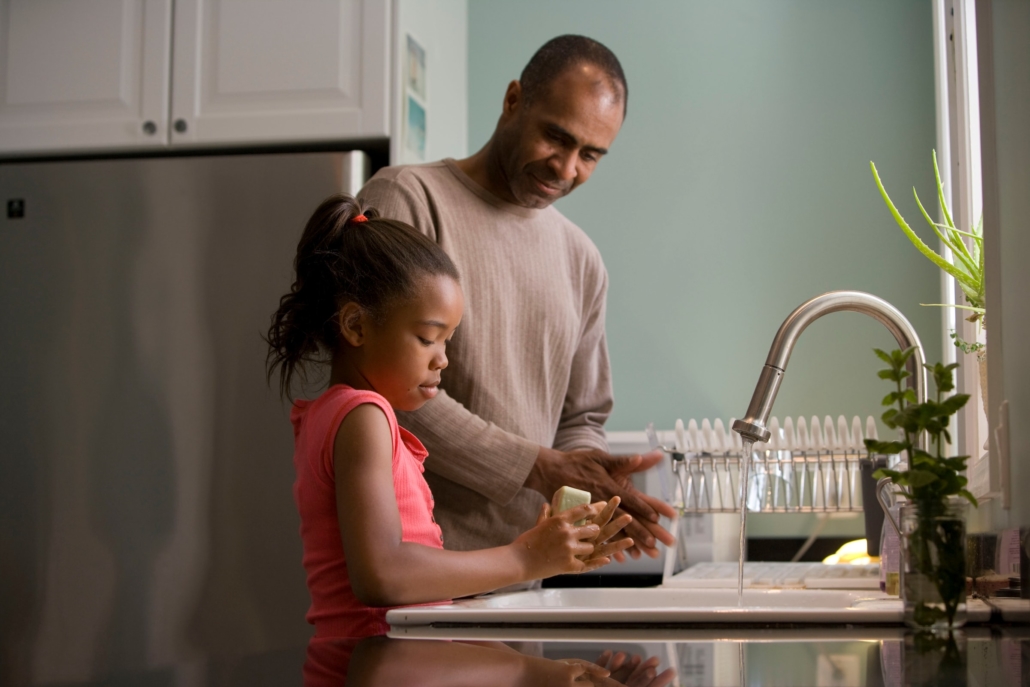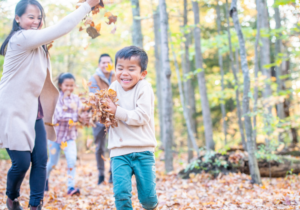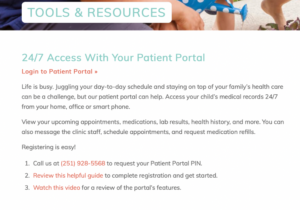Summer is here!
As we enter the Summer and the new school year approaches, it’s time to prioritize our children’s health and well-being. Summer is the perfect time to ensure that you are up-to-date with wellness exams and that you are staying active and healthy as a family.

Scheduling a back-to-school wellness exam for your child is an essential step in ensuring their overall health. These comprehensive check-ups not only confirm that your child is physically fit for the academic year but also provide an opportunity to address any concerns you may have. We will assess your child’s growth and development, check their vital signs, perform necessary screenings, and administer necessary immunizations that are due.
One of the things we check your child for during a wellness visit is scoliosis. Here’s what you need to know about scoliosis:

Scoliosis is a condition characterized by an abnormal curvature of the spine. It commonly affects children during their growth spurts. Being aware of the early signs of scoliosis is crucial for early detection and treatment. Look out for symptoms such as uneven shoulder height, an uneven waistline, or an abnormal curvature of the spine.
If you notice any of these signs or have concerns about your child’s posture, consult with our pediatricians. We can perform a thorough examination and, if necessary, recommend further evaluation or treatment options. Remember, early detection and intervention are key to managing scoliosis effectively.
During the exam, feel free to discuss any questions or concerns about your child’s health, habits, or emotional well-being. By establishing an open line of communication, we can work together to promote a successful and healthy school year for your child.
Schedule today by calling the office at 251-928-5568, or log into your patient portal to request an appointment.

During the summer, regular physical activity is crucial for your child’s physical and mental well-being. Engaging in activities as a family not only strengthens bonds but also instills lifelong habits of staying active. Make exercise enjoyable by exploring various options together, such as bike rides, hiking trails, or even a game of soccer in the backyard.
Encouraging your child to participate in school sports or extracurricular activities can also contribute to their overall fitness. These activities provide opportunities for social interaction, build teamwork skills, and boost self-confidence. Remember, leading by example and participating in activities as a family can make exercise fun and exciting for everyone.

As you prepare for the upcoming school year, prioritize your child’s health by scheduling a back-to-school wellness exam, staying active as a family, and being vigilant about scoliosis symptoms. Fairhope Pediatrics are here to support your child’s well-being and ensure they have a healthy and successful academic year ahead. Let’s make this year a memorable one, full of vitality and growth!


